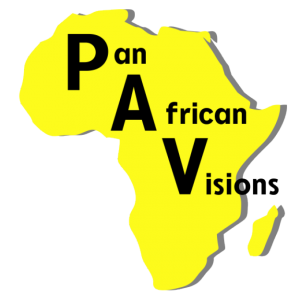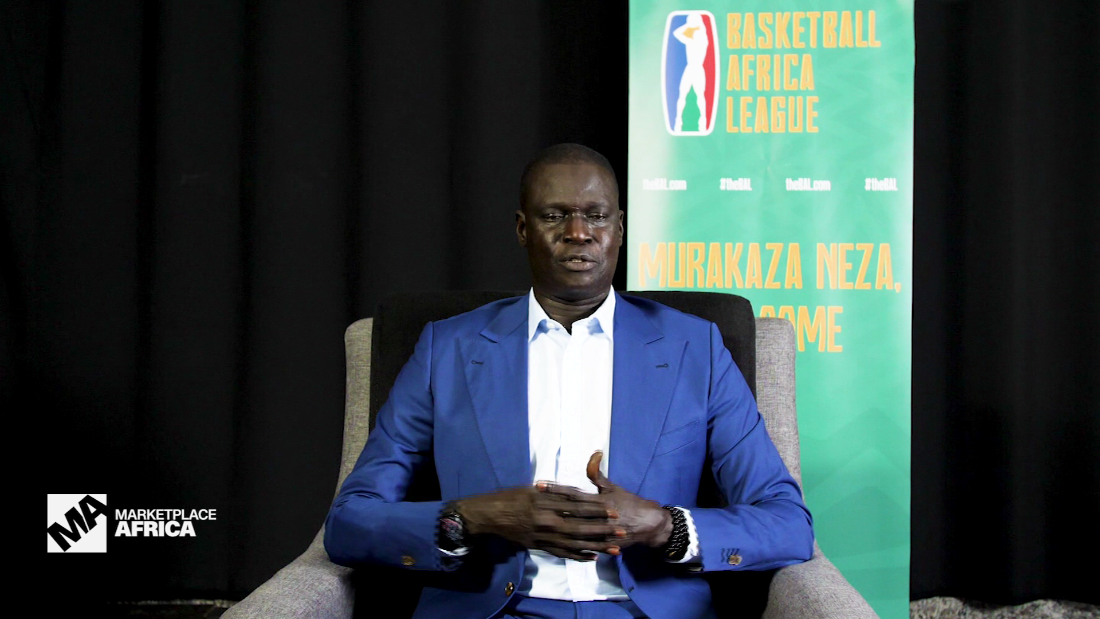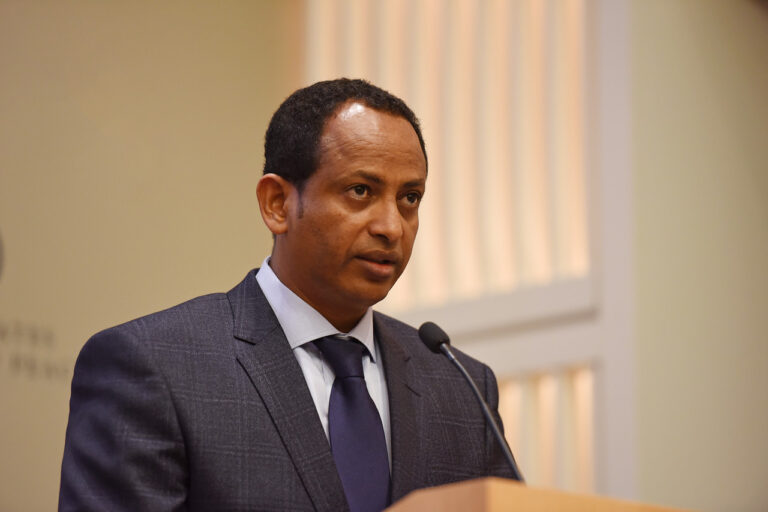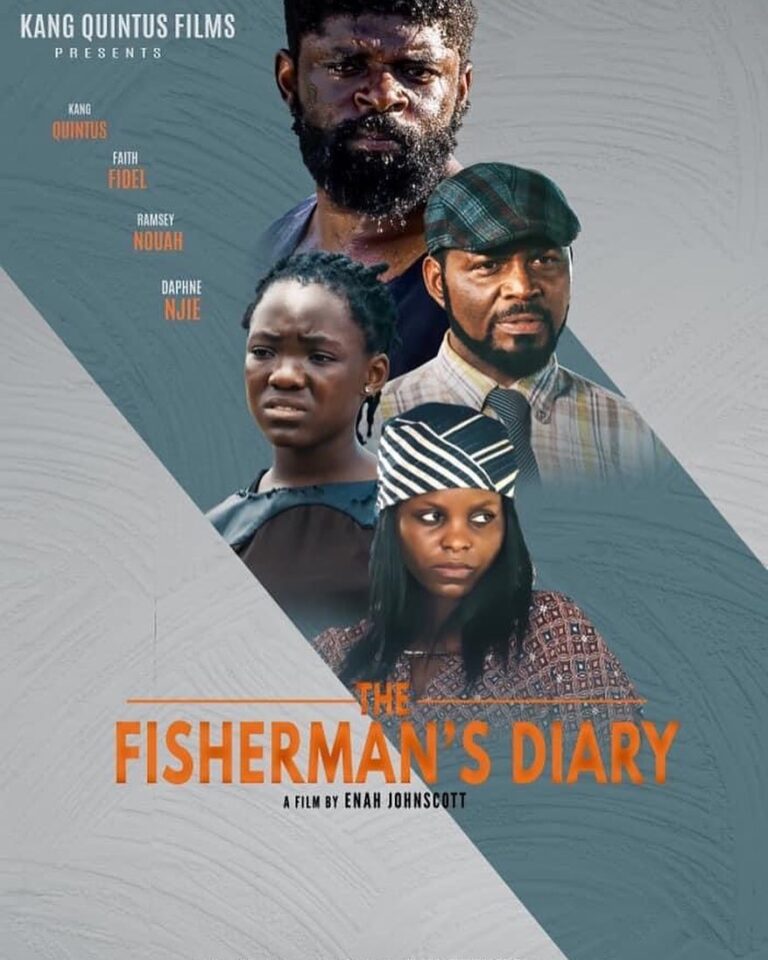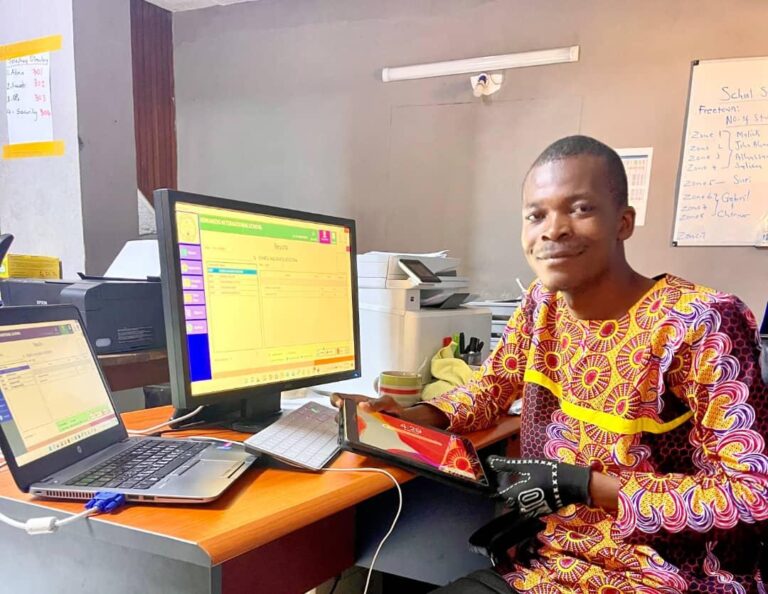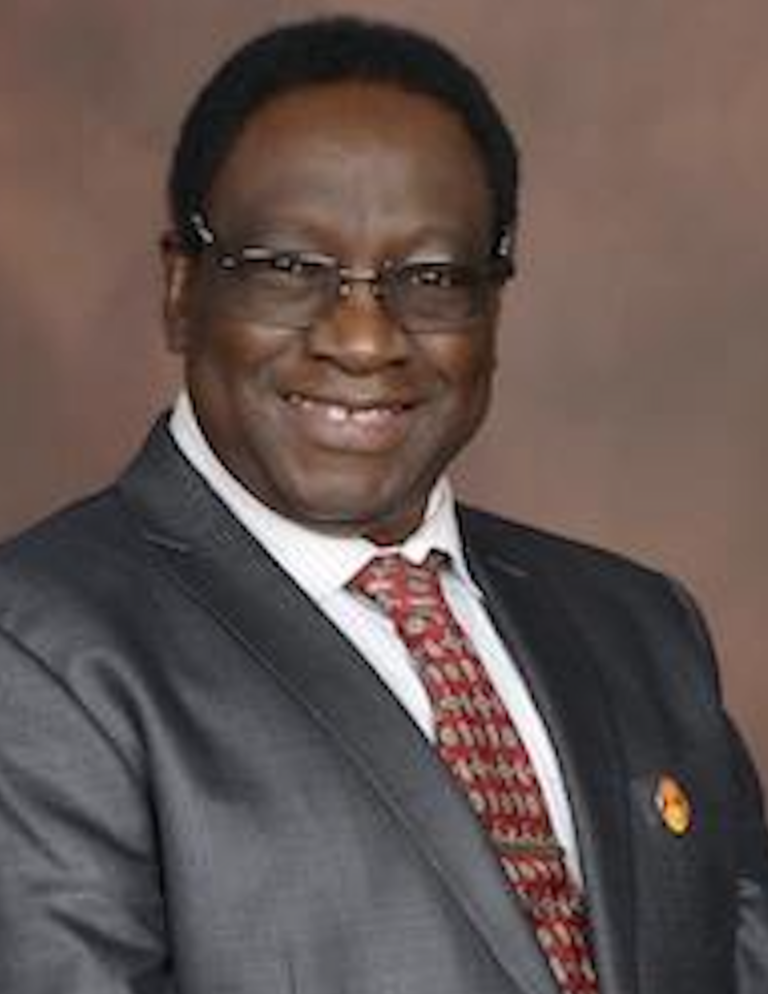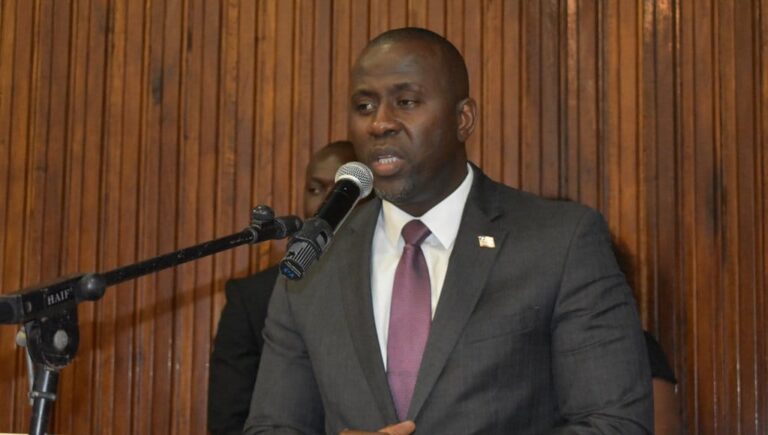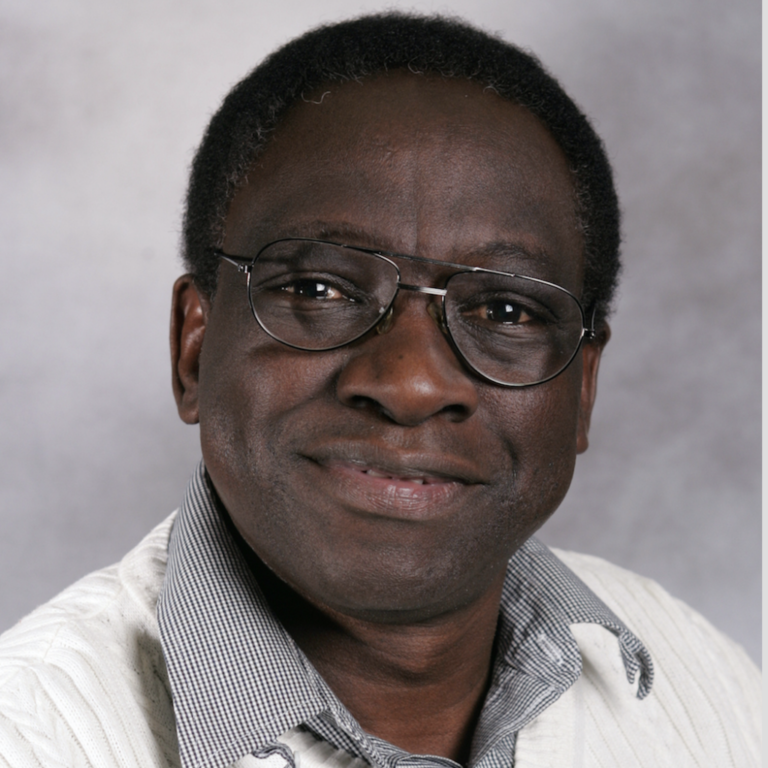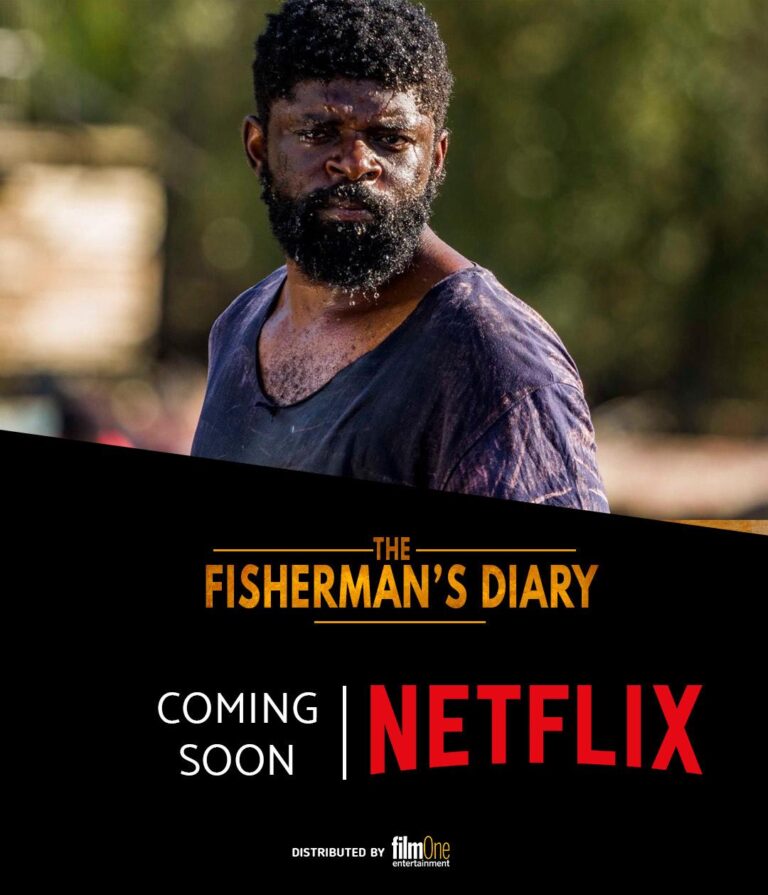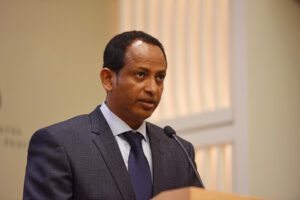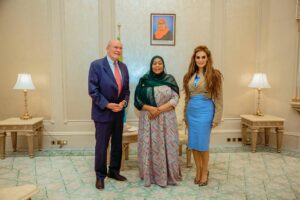Republic of Congo government blames non-existent militia for attack, wages war on citizens
April 20, 2016
By Brett L. Carter*
The official goal of President Sassou Nguesso’s assault on the Pool region is to target the Ninja militia. But with no such group in existence, the government’s bombs kill only civilians.
[caption id="attachment_28118" align="alignleft" width="640"]
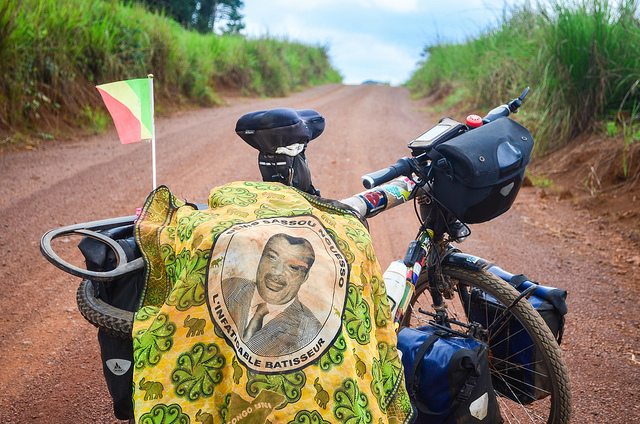
Under the new constitution, Denis Sassou Nguesso could be in power until 2031. Credit: jbdodane.[/caption]
Over the past two weeks, the government of the Republic of Congo has been engaging in a military campaign against its own civilians. According to reports, troops and armoured tanks have been dispatched to the south eastern Pool region. Helicopters there have dropped several bombs on residential areas leading to an unconfirmed number of deaths and widespread destruction. And dozens of people have been arrested and tortured.
This crackdown comes just weeks after the 20 March elections in which President Denis Sassou Nguesso, who has been in power for all but five years since 1979, secured yet another term in office. There were widespread claims that the polls were marred by fraud, and on 4 April, a group of young men set fire to the government’s administrative headquarters in Makélékélé, one of the capital Brazzaville’s nine
arrondissements.
The government immediately called the assault a “terrorist attack” and set upon the brutal offensive that still shows no signs of abating. The government justified its response by pointing the finger of blame for the fire on the so-called Ninja rebels, a group has not existed for nearly ten years.
The Makélékélé fire
Brazzaville’s political geography mirrors that of the country as a whole: northerners typically live in the city’s northern neighbourhoods while southerners mostly live in its southern ones. This stratification largely harks back to the 1997 civil war in which northerners generally supported Sassou Nguesso and his Cobra militia, while southerners mostly supported then-President Pascal Lissouba.
The war ended with Sassou Nguesso returning to power after which he authorised a three-day pillage of Makélékélé, one of Brazzaville’s southern neighbourhoods, partly to compensate his Cobra militia and partly to intimidate southerners into submission. By December 1997, Makélékélé was deserted, its onetime residents killed or hiding in the forests.
To govern this neighbourhood, Sassou Nguesso appointed Maurice Maurel Kihounzou, who was implicated in the pillage. The new administrator-mayor described his responsibilities, saying: “I went to war for Sassou Nguesso. This is my compensation. Don’t expect anything from me.” Kihounzou has served in this position ever since and the 4 April fire targeted his office.
Within hours of the attack, the government blamed the Ninja militia. This was a group formed in 1993 as the bodyguard for Brazzaville’s then-mayor Bernard Kolélas. The Ninjas briefly fought against Sassou Nguesso’s Cobras in 1997, but amidst Sassou Nguesso’s attacks on the southern population, the militia evolved into a self-defence force for the Pool region.
By 2007, however, the Ninja militia had been thoroughly disbanded, following the decision of its leader Frédéric Bintsangou (aka Pastor Ntoumi) to accept a ceremonial post in government.
This means that today there is no Ninja militia. Ntoumi has spent the past decade on a ranch in Soumouna, Pool. He has no political aspirations, no constituency, and no weapons cache. And flush with oil revenue, Sassou Nguesso has enjoyed a monopoly on violence for at least 10 years.
Sassou Nguesso blamed the Makélékélé fire on a rebel group that does not exist.
The lost Congolese Spring
Back in September 2015, when Sassou Nguesso announced a constitutional referendum that would abolish certain restrictions to allow him to run for office again, the opposition believed that mass protests would force him to abandon his “constitutional coup d’état”.
Five days after the announcement, some 30,000 citizens protested in Brazzaville, easily the largest demonstration since Sassou Nguesso’s return to power in 1997. Protests continued until the referendum on 25 October. Sassou Nguesso claimed victory in the vote, but the opposition knew it still had a final chance to force him from power: the 20 March presidential election.
The opposition was disappointed in these polls too, however, and the new constitution grants Sassou Nguesso another five-year mandate, renewable twice. This means that he could, in principle, retain power through to 2031. For the vast majority of Congolese citizens, this prospect is crushing. Though Congo-Brazzaville has long ranked among Africa’s leading oil producers, some 60% of its citizens subsist on less than $2/day.
With the time for action fading, the Makélékélé fire was a final attempt to spark a revolution.
The crackdown
In response to the fire, the Sassou Nguesso government on 5 April launched a military campaign against the Pool region. It dispatched ground troops, tanks, and helicopters fitted with missiles. The official goal is to target the Ninja militia, but with no such group in existence, the government’s bombs kill only civilians.
One opposition leader described the operation this
way: “These are targeted strikes. What are they targeting? Civilians. It’s terrible. What is happening in Pool is that we are busy destroying a whole people, it’s a genocide. When you know how densely populated these areas are, you know they are bombarding to decimate all the way to mongrels and cockroaches. They do so to ensure that they kill everyone, that their genocide is achieved.”
Since the government has denied humanitarian organisations access to Pool, the number of fatalities is unclear. Observers put the death toll in the hundreds. Many have sought refuge in the forests, while residents of Makélékélé have fled to Brazzaville’s northern neighbourhoods, where they calculate they will be safe amongst Sassou Nguesso’s few remaining supporters. Some have fled to the northern regions of Plateaux, Sangha, and Likouala.
The government’s military campaign against Pool is a signal to the opposition: acquiesce or be killed. The government has even made this threat explicit on social media. On 8 April it released a video entitled
La paix ne va pas s’arrêter, or “peace will not end,” a play on Sassou Nguesso’s campaign slogan. In it, the narrator reminds viewers that “there is only one man who can guarantee peace, security, and stability”. The government repeated the threat in a series of videos released last week.
What next?
As the military attacked the Pool region, the police have arrested and tortured dozens of citizens. To attract attention to the unfolding humanitarian crisis, the leading opposition coalition, FROCAD-IDC, attempted another protest, this one on 15 April, in Brazzaville, a day before Sassou Nguesso’s inauguration.
In response, the government placed FROCAD-IDC’s president, Claudine Munari, under house arrest. Other opposition leaders — including Charles Zacharie Bowao, André Okombi Salissa, Jean-Marie Michel Mokoko, and Guy Brice Parfait Kolélas – remain under house arrest as well. The 15 April protest was cancelled.
Persuaded that Sassou Nguesso will employ violence to retain power, most citizens have relinquished hope of a Congolese Spring. Opposition leaders have not, but if change comes, they increasingly believe it will emanate from Western pressure rather than Brazzaville protests. Accordingly, opposition leaders are currently waging a lobbying campaign in Western capitals.
On 15 April a group of Congolese citizens and concerned “Friends of Congo” visited the US House of Representatives, National Endowment for Democracy, and Voice of America. Days earlier, after a series of interviews with French media outlets, they released an open letter to President François Hollande in
Le Monde. The Congolese government responded by announcing it would arrest opposition leader Bowao for “disturbing public order”.
As the opposition looks to Western capitals, Sassou Nguesso has gone in the opposite direction and is keen to broadcast this. Days before the inauguration, the government released a list of world leaders who had “congratulated” Sassou Nguesso for his “electoral victory”. The list is short and features Vladimir Putin, Xi Jinping, Paul Biya, José Eduardo dos Santos, Paul Kagame, Idriss Déby, Ali Bongo Ondimba, and Joseph Kabila, as well as a handful of other African presidents who have sought Sassou Nguesso’s financial support for electoral campaigns. By casting his lot so publicly, Sassou Nguesso is again signalling to Congolese citizens: He will not be bound by human rights norms encouraged by Western governments.
The central question for the coming months is this: Will opposition lobbying secure some intervention from the international community that fundamentally undercuts Sassou Nguesso’s ability to generate revenue and purchase political support? This question is yet to be answered, but if an ongoing aerial campaign against civilians does not compel Western intervention, very likely nothing will.
*Source African Arguments.Brett L. Carter is a fellow at the Centre for Democracy, Development, and the Rule of Law, Stanford University. As of August 2016, he will be an Assistant Professor at the School of International Relations, University of Southern California.
